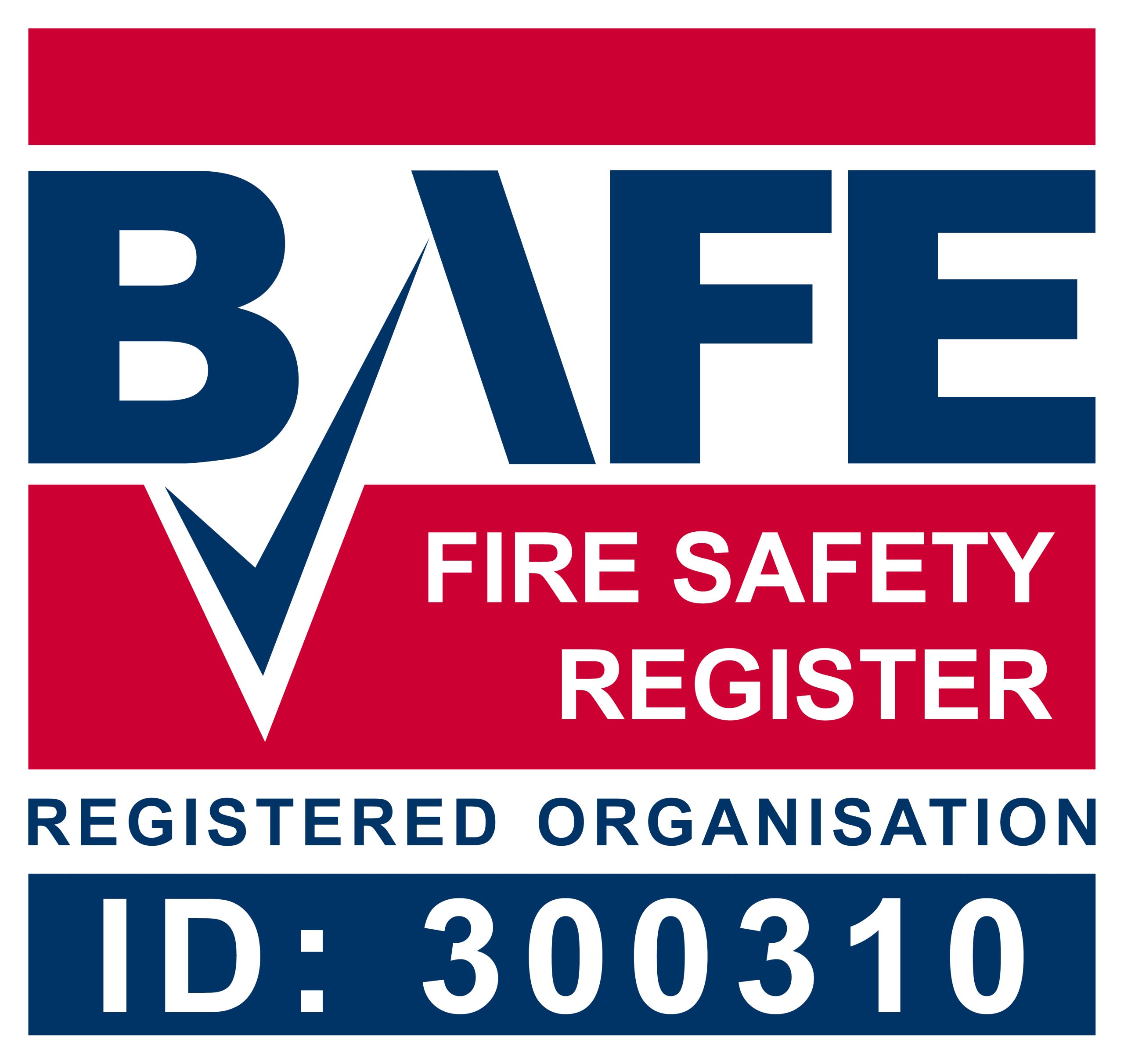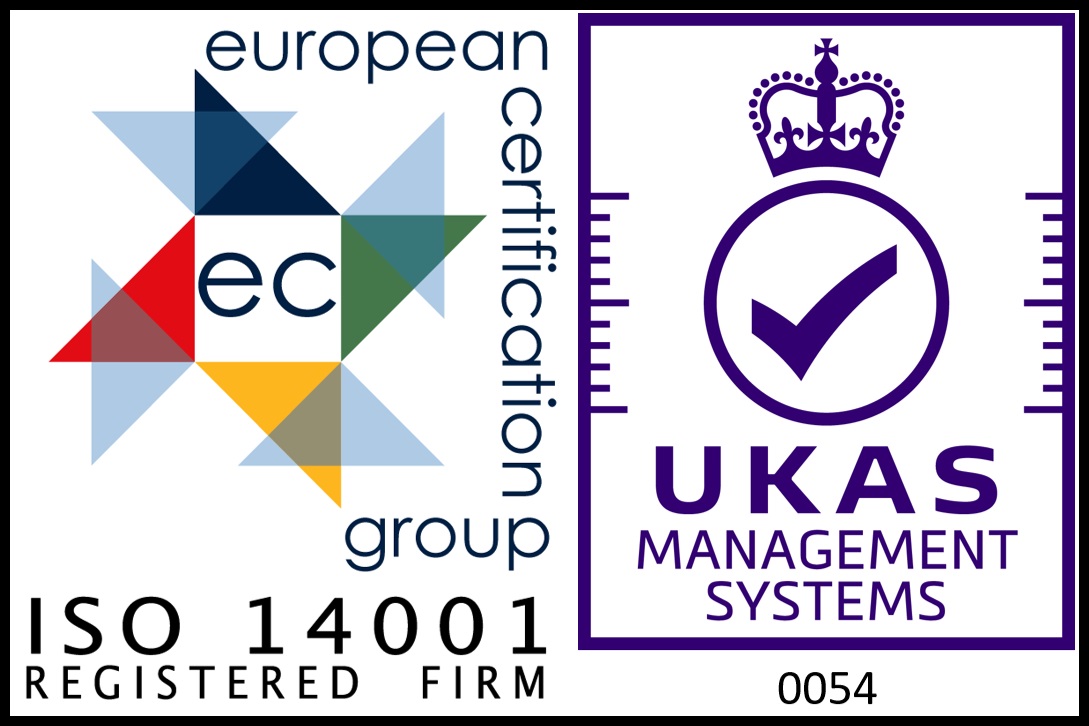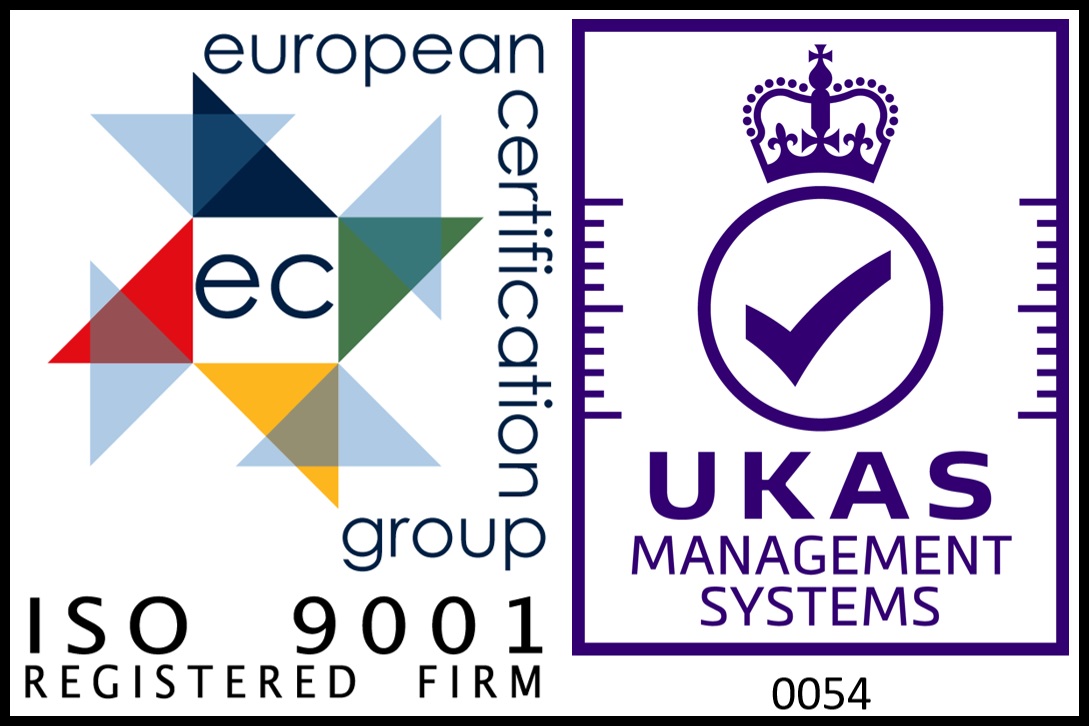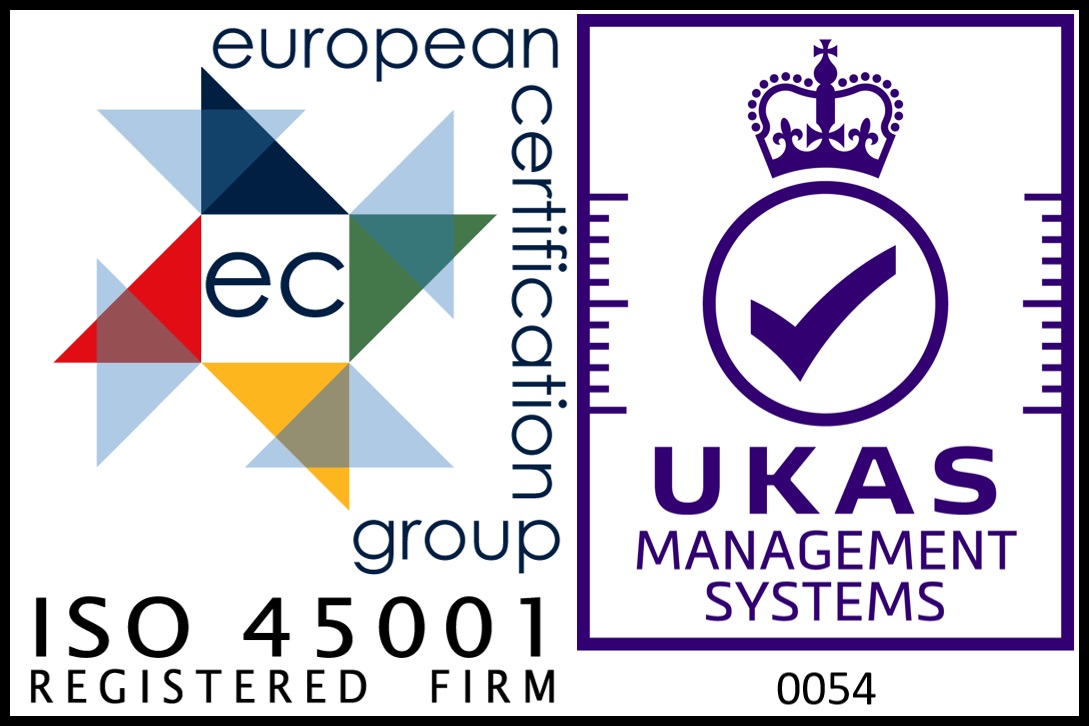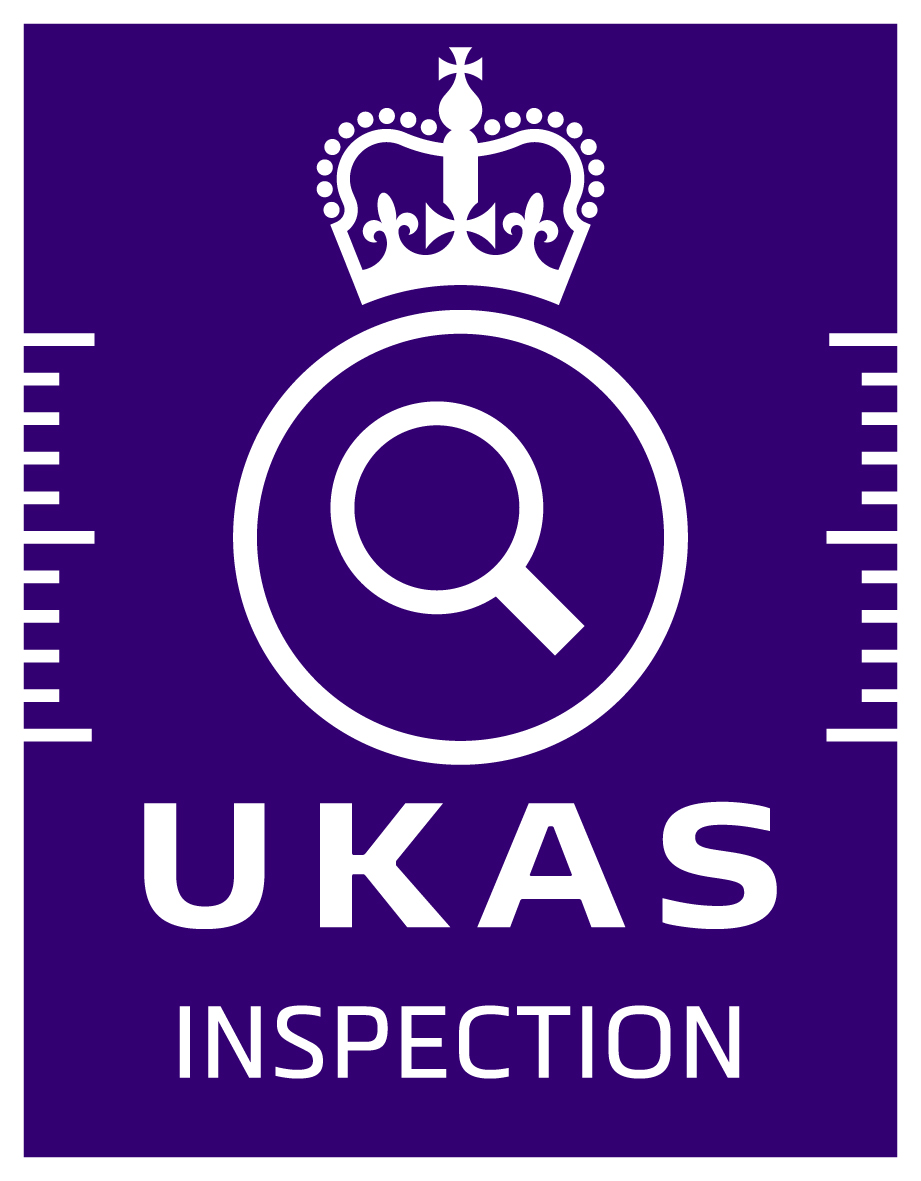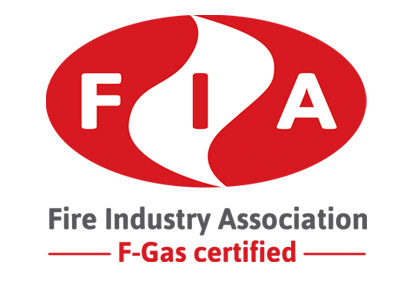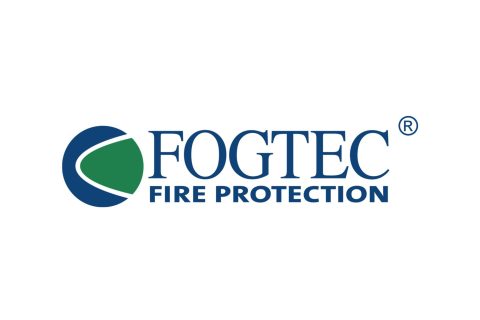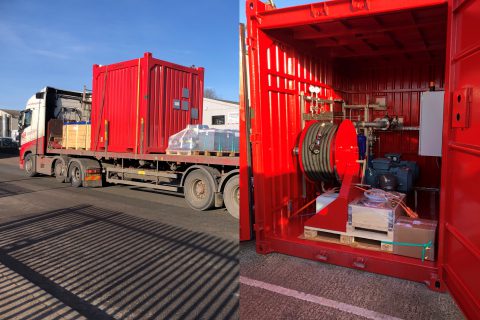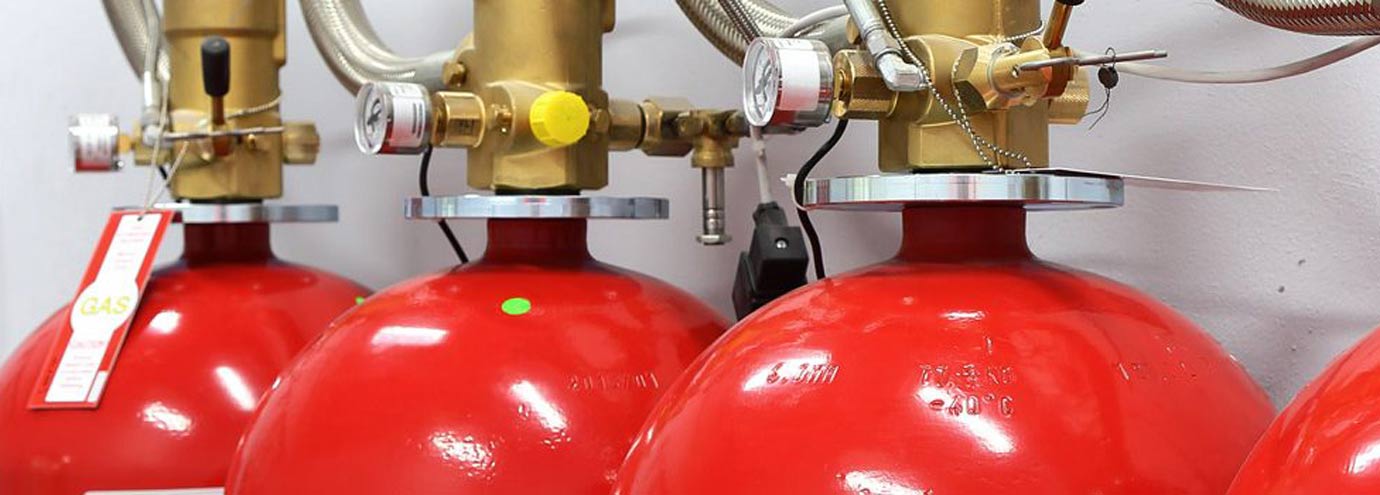
Same Day Dispatch on
Orders placed before 2 PM
International Delivery
Find out more
Sales & Support
Call: 01493 440464
Secure Payments
Major Credit Cards Accepted
Room Integrity Testing
Objective
The purpose of the test is to determine the time that an extinguishant/air mixture will remain active in an enclosure at the designated protected height. This is achieved by equating it to measured leakage occurring from an enclosure.
As part of the ISO 14520, NFPA and BFPSA Codes of Practice for Gaseous Fire Fighting Systems, integrity testing should be undertaken in a protected area to determine whether leakage could impact upon the extinguishant performance. Ideally, this is done when it is first installed and then once a year as regularly as part of the routine maintenance.
Leakage and smoke ingress are detrimental to an installation’s firefighting capabilities and can impact upon the ability to prevent fire or provide effective extinguishant.
Effective Fire Suppression
The effectiveness of a gaseous fire suppression system can only be guaranteed, if it is regularly maintained. If the system does not operate effectively, achieve the right concentration, or maintain this concentration for an effective time period, it MAY not operate as intended.
Risk Limitation
The fire suppression system is there to prevent (at least reduce) any loss in business continuity and to ensure that any collateral loss is kept to a minimum. Insurers and business managers need to have the comfort of knowing that the fire suppression system will work and enable the business to continue running as required in the event of a fire.
Standards and Requirements
BS5306, ISO 14520 and BS EN 15004 – 1, 2008 all require a gaseous system (any system) to have its integrity checked annually. The equipment should be designed specifically for this and it should be regularly calibrated at least once a year. An integrity test should be conducted in accordance with BS5306, ISO 14520 (BS EN 15004 – 1, 2008) or NFPA 2001 and at a minimum, this should be conducted annually.
Discharge Testing
Full discharge tests, while providing the ultimate verification of system operation, are expensive and, in the case of some systems, are actually illegal. Also, a discharge test won’t tell you where a leak is. It will just identify if the enclosure retention capability is acceptable or not.
When should integrity tests be done?
An integrity test should be performed immediately after a system has been installed and routinely every year thereafter. Any alteration such as changing a door, putting a cable/s in, or even replacing equipment can affect the rooms’ (enclosures) gas holding ability (integrity). Routine servicing of equipment will not reveal this, so an integrity test should be carried out after any alteration and the annual testing dates adjusted to follow annually thereafter.
Why do integrity testing?
It’s a legal requirement.
